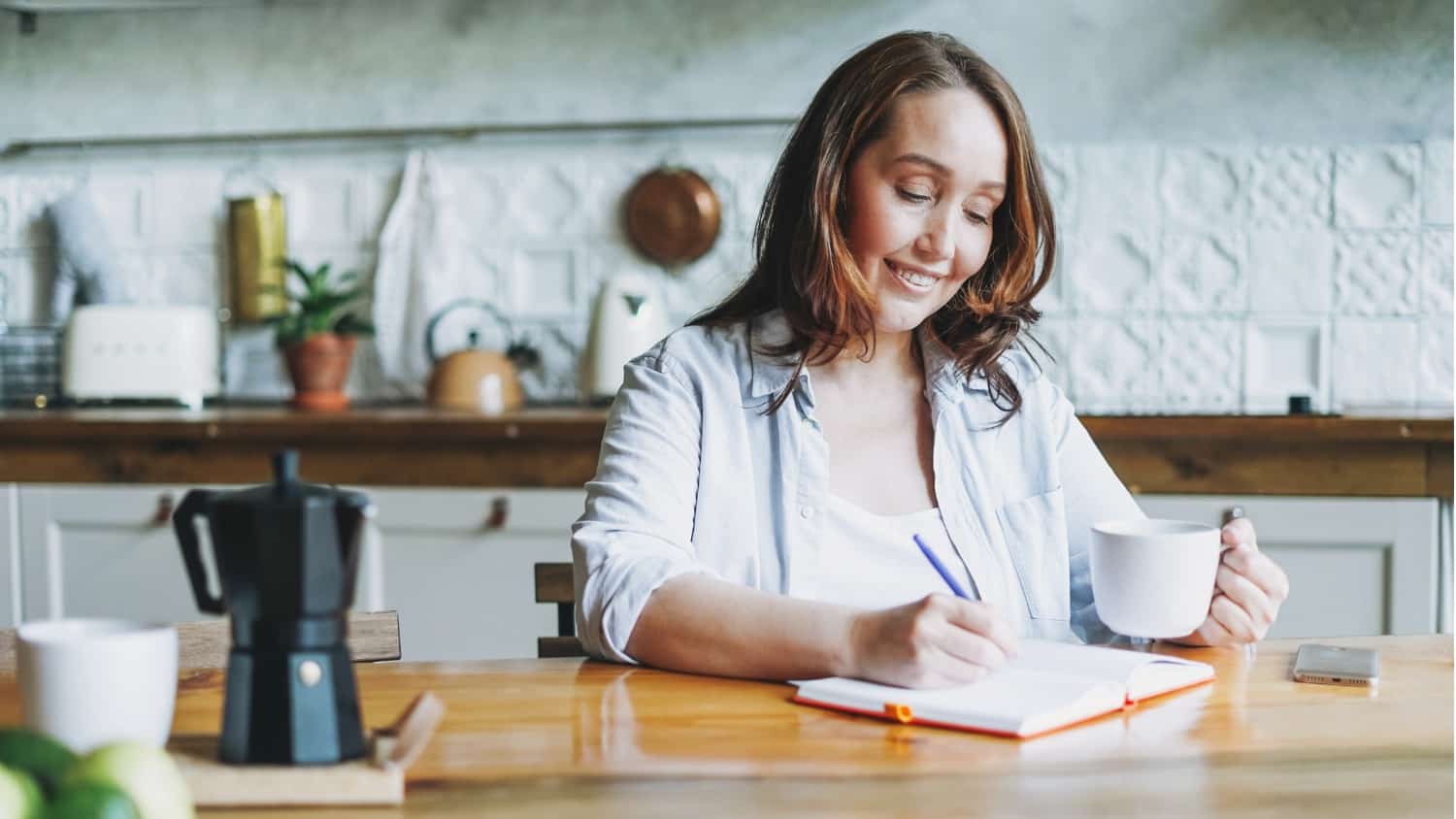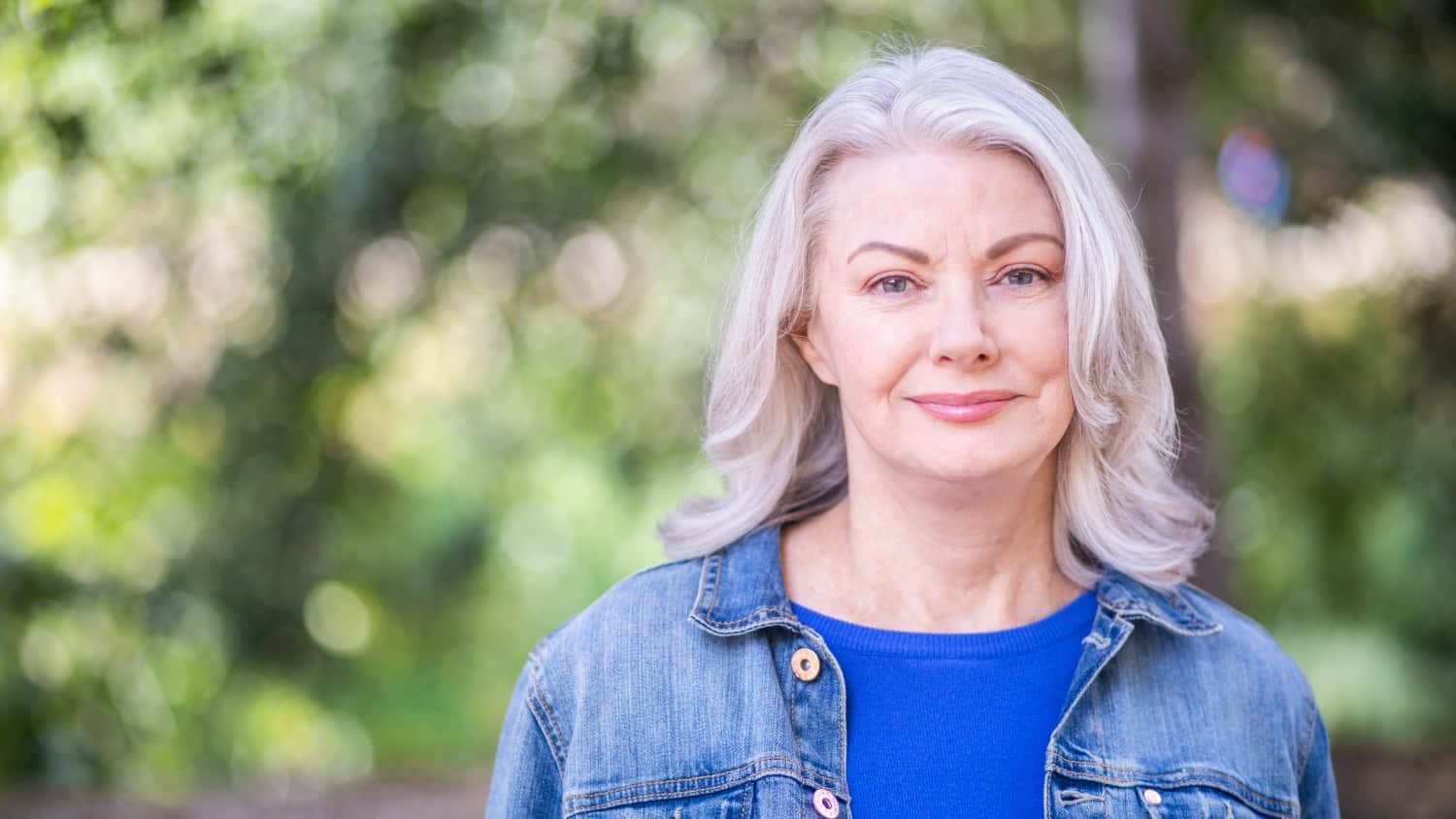
Discovering Creativity in the Practice of “Quiet Time”
Towards the end of each year, I find myself thinking about how I want to improve or refocus my life for the New Year. Yes, I recognize that the timing is purely arbitrary: you don’t have to wait for a new year to make a decision to change. And not everyone’s New Year begins on that date. But for me, the first of January has power.
And so, at the end of 2020, my goal was to find a way to generate smarter and more useful ideas that would help me to make 2021 more creative and more productive.
The frantic “Year of Covid – 2020” had been a dark time for so many people. My own life, too, had changed on a dime. On March 7th, 2020, everything that I had planned for the year as a singing performer shut down for the foreseeable future.
But I had been lucky. I was able to shift gears and teach singing on Zoom. I also started to do some intensive work on my YouTube channel called, Singing After Forty.
Thick Mental Soup
But my progress in these new waters was painfully slow. I felt like I was swimming through thick mental soup. Perhaps it was not surprising after such a tumultuous year. But I felt alarmingly empty of inspiration, even with a husband who is able to generate creative ideas on the fly.
And so I started looking through some of those thousands of “Be more creative!” books and manuals on the internet until I came across the Three Simple Steps by Trevor Blake.
In part of the book, he laid out a process called “quiet time” that struck a deep chord with me. The author said in an interview, “Quiet time is purely a system of problem solving.” The idea is to sit quietly, first thing in the morning for 20 minutes with your eyes closed, while you allow your mind to work.
Blake claims that “This practice allows your brain to work undistracted and when it works undistracted, it works at the speed of light.”
I thought to myself; “What do I have to lose? I’m going to try this!”
For greater incentive, I bought myself a pre-Christmas present – a thick journal book called Dreams. I was happy that the large unlined book was hefty at 416 blank pages. I felt like I was making a real commitment.
And now, almost one year later, while the book has its first entry on January 2, 2021, it is only about two thirds full, even with my more than 300 entries.
So what is this daily process? And why is it worth the effort?
A Simple Process
As Blake says, it’s pretty simple – but it does take motivation. He writes about having to get up 20 minutes earlier than usual to have “quiet time” before driving to work.
For me, it’s even simpler. At the age of 68, I no longer think about going “out” to work. My work is in my studio upstairs. But I do get up a little earlier than my husband – at around 7:00 AM – to make myself some coffee. And since we live in the country, I take the steaming cup and walk to a room where I can look out at a patch of tall trees.
I sit in a comfortable chair and give myself a prompt such as, “I need new ideas for my YouTube channel.” Or the mental suggestion could be more family-oriented: “How can I help my kids to feel better about themselves?” Or it may be very personal: “How can I be more useful to others?”
Then I close my eyes, follow my breath and let my mind float. At first, there are lots of unrelated thoughts moving through my mind. I let them sail along. I try not to fixate on any of them. After a year of doing this, I know that fighting these random thoughts is not required. By letting them come and go, they calm down in a few minutes.
Then I begin to feel the prompt-related ideas emerge from a deeper place. I listen to them for a minute or so. Soon I start to jot a few notes in my journal, so that I don’t lose the ideas.
Sometimes, new ideas flow like water. I can’t write fast enough. Often, only one or two useful ideas emerge from a session. They go into my book, with gratitude. But there have been times when I have had no useful prompt-related ideas emerge from my 20 precious minutes. But the process still serves a vital function.
I understand now that these daily sessions offer more to my life than just the generation of ideas – as valuable as that may be. The sessions have greatly improved my feeling of well-being.
Results Are More Than I Imagined
I recently watched a show on Netflix where a young woman, Yanjaa Wintersoul, a triple world-record holding memory athlete was interviewed. She is able to remember and recount thousands of words, images and names. She said something that stayed with me about proven ways to build a better memory. She said, “the one thing I’ve seen in every single study… is honestly, [the value of] meditation.”
Trevor Blake does not call his “quiet time” meditation. But my experience with his practice is that I have begun to experience greater mental clarity, more focus and a generally improved sense of wellbeing, after almost one year of daily sessions.
And I understand how this kind of frequent quietening of the mind can improve my memory as well, with time.
Why Not Give It a Try?
You don’t need a special book. But you do need a place where you can be undisturbed for 20 minutes. And you need the desire and commitment to work with the process for at least 30 days. At first, I struggled to keep going. But after a month, I was hooked.
At the very least, quiet time begins your day in peace. That is no small thing in this noisy world.
Have you tried something like this yourself? If so, what were your results? If you have not done this yet, is it something you think you could experiment with?
Tags Inspiration






